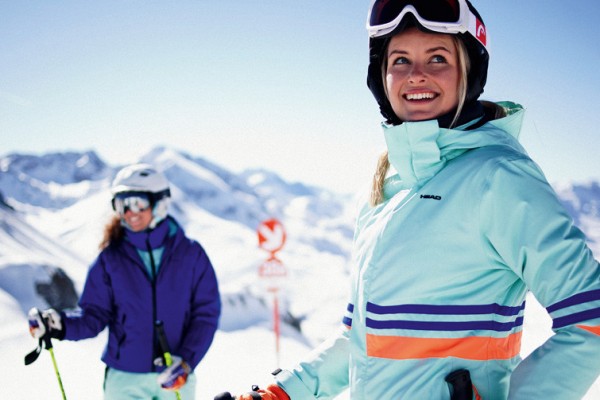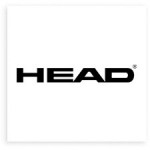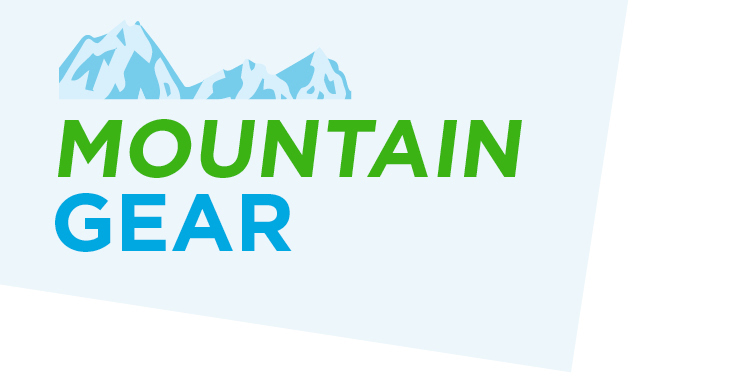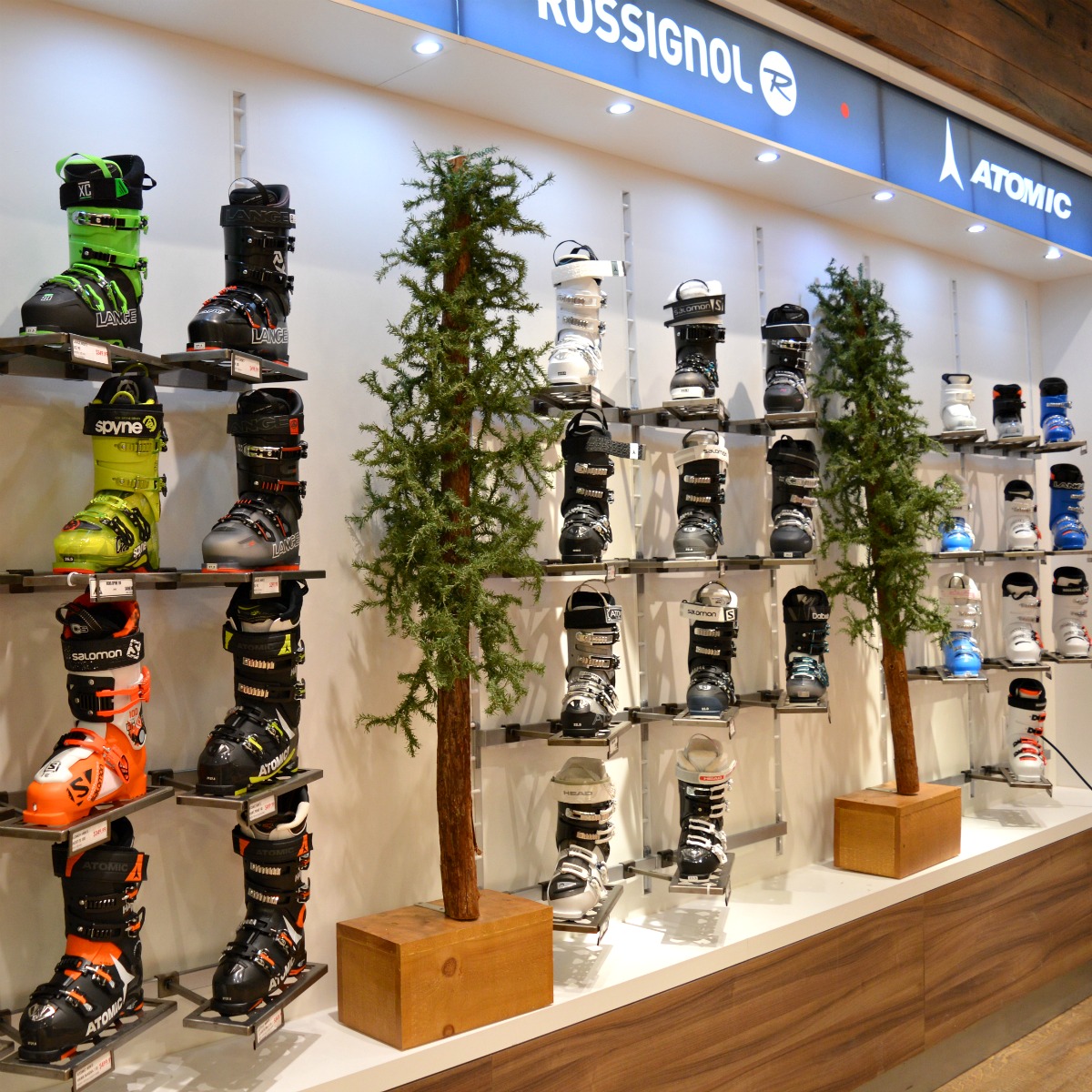When Sporting Life called a summit meeting on the business of skiing with some of the industry’s biggest movers and shakers, they said they would all be sitting together at one table. What came to mind was the stereotypical large family dinner that has become the hallmark of holiday gatherings over the years.
With ten ski and boot brands represented around the table, one could not be sure what to expect. Loud voices. Disagreements. Awkward moments. Competition. Maybe a little one-upmanship. The idea of a round table discussion concept was both exciting and intriguing. But, as the day of the summit arrived, company loyalty, competition and egos were checked at the boardroom door. Instead, the room had the air of a group of skiers, interested in discussing the past, the present and the future of the sport that we all love so much.
At the table from the retail side were David Russell, Co-Founder and President of Sporting Life; John Roe, Marketing Director for Sporting Life; and Kevin Pidgeon, Ottawa ski retail legend. From the ski/boot manufacturing side was Chris Horan, Canadian Vice President and General Manager for Groupe Rossignol (Rossignol, Dynastar, Lange); Rob Morash, General Manager for Head Canada; Murray Nussbaum, General Manager at Marker Volkl Dalbello Canada; and David Deasley, President of Amer Sports (Atomic/Salomon).
Right up front, the biggest thing that stood out was that titles like retailer, ski company, and consumer were trumped on this day by the spirit of family that lies deep within the fabric of every soul who enjoys ripping down snow covered mountains – and everyone at this table was an avowed soul skier.
The discussion started from a broad, philosophical standpoint with everyone agreeing on the universal truth, that skiing is the ultimate family sport. The notion of family itself, and its intrinsic connection to the sport, may be the best way of keeping skiing healthy and relevant, in an increasingly sedentary world, where couch-based tech-activity is quickly becoming the national pastime.
“Ten years from now, if you look at Western Europe and North America, the numbers of skiing baby-boomers is going to diminish, and that will affect business. But, skiing is the best family sport around, and that will ultimately keep it going. Spend a whole day with a four-year-old, and then take them skiing. It’s a lot more fun when you’re skiing,” said Russell.
“I like to think that my greatest competitors are my fellow ski manufacturers, but in reality, it’s probably Apple Inc. and their iPhone, iPads and iPods,” said David Deasley.
Rob Morash agreed. “Electronics are competition for anyone out there in business, skiing or otherwise; and its both parents and kids who are hooked on tech. What we in the ski industry can do, and are doing, is ensure that we can embrace technology to help promote the sport. Whether its using technology to promote the sport or enhance the experience.”
Kevin Pidgeon, who ran Ottawa’s Tommy & Lefebvre for 30 years built on Morash’s point. “I think the industry has been progressive, and to a certain extent embraced technology to enhance the skiing experience. The GoPro camera is a good example of this. It’s been a huge success worldwide, and skiing has been part of that because it is an adrenaline driven sport.”
When the discussion turned to the challenges of perceived high cost of skiing making it a sport for the elite, the group had some interesting insights.
“The overall cost of the sport over the last twenty years has actually gone down,” said Chris Horan. “Relative to the value you are getting, it’s an inexpensive sport because the whole family is engaged. The family can spend the day together…have an experience together, and the value in that is priceless.”
Despite the reality of an aging ski population, and an assault from the techno hoards, the group agreed that there is good news on the horizon and it comes from increased sales in junior and women’s ski equipment.
“The junior ski business is up, we’ve all felt it, and that is a real positive in our industry,” said Nussbaum. “This shows that families are driving the business, and parents that have stopped skiing are coming back because their kids are skiing now.”
“The junior business is a big part of our overall ski business,” chimed in Sporting Life’s John Roe. “This is why we have invested in the junior business with the junior half-back program. It is a great way for families to get their kids properly outfitted for safety and performance; and then, the package can be returned at the end of the season for a credit for half the value purchased to use for the following year.”
“And we are selling more women’s skis,” added Deasley. “I don’t know if this means more women are skiing; but, what we do know is that more women are skiing on women’s skis than ever before. And the evolution in comfort and warmth of women’s ski boots has helped as well.”
The point about women’s boots shifted the discussion towards ski boots in general, which according to the round table panel have been quietly changing in radical ways over the past five years.
Deasley hit the point home when he noted , “Anyone who hasn’t tried boots on in the last five years has no idea how far they’ve come!” What’s the major difference? Just as ski shapes have changed dramatically over the past twenty years, so have boots. because they’ve evolved with newer skis. Boot angles have shifted, and fit has improved vastly, especially in the realm of women’s boots. The current generation of boots is also more flexible, and they’re segmented into skier level categories; so, everyone gets the boot that suits them best. They are also easier to customize and can be tweaked for maximum comfort.
Despite all the technological advancements, according to Dave Russell, boots still need to fit properly to perform well. “If boots aren’t fitted properly to a person’s foot, they can’t manage, perform and control the skis efficiently. One of the things we’re proud of at Sporting Life is that we guarantee the fit of each and every boot sold. If there are problems with your boots, we’ll fix them.”
Looking into the Crystal Ball
Looking ahead five years down the road, there are several things that may change the sport of skiing. For starters, new stronger and lighter material will pave the way to stronger and lighter equipment. The rocker/camber technology currently prevalent in ski technology will also evolve, according to our ski industry experts. Versatility will increase as skis continue to blur the line between on-mountain and off-mountain, and the current wide underfoot widths will probably adjust and shrink somewhat as skis get narrower and less chunky. This is a trend from the very wide that’s been seen out west for a while now.
Technological advancement aside, one of the most important things to remember is the need to keep skis tuned properly. “It’s so important to have finely tuned skis,” Deasley pointed out. “Skiing on finely tuned skis is the best feeling in the world. Often at ski demo days, a consumer will think they are in love with the new skis they are trying; but in truth, they are in love with the fact that the skis they’re on are well tuned.”
Morash agreed and remarked ”Having your skis serviced on a regular basis is a big part of the investment in the purchase of skis. It’s no different than the auto industry, where you have to have your car serviced regularly.”
So, if you haven’t bought new skis since Jean Chretien was Prime Minister and visions of shiny new skis, and state of the art “smart” boots are dancing in your head, why go into a retailer like Sporting Life, rather than shopping online or through swaps?
For Horan, shopping in person, when making significant purchases like ski equipment, is a no-brainer.
“When you walk into Sporting Life you’re buying equipment from people who receive extensive product training. Combined, there are hundreds of years of experience on the floor at any given time, and that’s rare.”
A point Nussbaum quickly elaborated on. “Knowledgeable front-line staff is extremely important. They need to be comfortable speaking about the products in the store. The uniqueness of Sporting Life is that they not only do in-depth product knowledge sessions, they also do follow-ups on an ongoing basis. That’s what sets Sporting Life apart from other ski retailers.”
Deasley also kicked in with a final comment. “I have noticed that with Sporting Life’s staff, what is learned from the manufacturer is being communicated and translated directly to the consumer – and that can’t be said for all retailers.”
Get the Goods
We gave the panel the opportunity to talk about what is new and exciting in their lines this year, so read carefully if you’ve got some cash earmarked for new ski goodies!
The Retail Perspective
“It’s very clear that all these companies are trying to address all ends of the marketplace as broadly as they can, so that no skier is left behind, and that’s really great,” said Russell. “Things that I like this season: lightweight is a big trend and comfort is a big trend. From a ski goggle to a jacket to a boot, there’s been tremendous change in the last 5 to 7 years. When we’re specifically talking skis and boots, the quality across the board is dramatically better than it has ever been, especially as it relates to versatility and being lightweight – there’s a real, profound difference in the performance of ski products that are out there now.”









